Modern battery technology is more than just charging devices, it is an area of innovation with incredible progress, where intellectual property rights play a central role in protecting investment and promoting development.
Batteries have become an integral part of modern life, far beyond their traditional role as energy storage. From powering phones and electric vehicles (EVs) to grid-based energy storage systems, innovation in battery technology is changing the way we use and manage energy.
Over the past decade, billions of dollars have been invested in research and development (R&D) to improve batteries, with the goal of extending their lifespan and improving their reliability. Fierce competition has made battery technology one of the most attractive sectors, not only for technology companies but also for investors. In particular, from large-scale energy storage systems to renewable energy vehicles, battery innovation has become a key driver of the sustainable energy transition.
Intellectual property rights play a vital role in protecting these innovations. Patents are often the first choice for protecting technology. Last year, more than 170,000 patents and applications related to battery technology were published globally, with China accounting for more than half. This number is expected to continue to rise as the battery industry grows rapidly in major markets such as China, Japan, South Korea, the US and Germany.
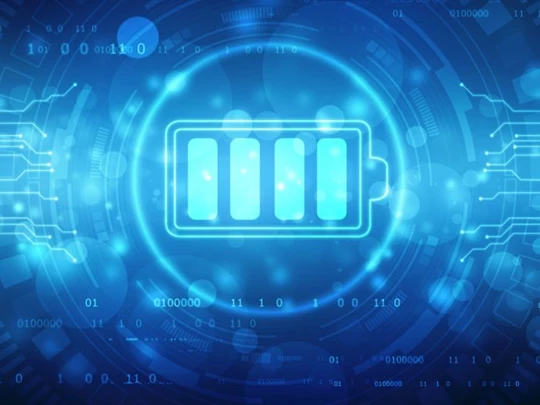
However, patents are not always the best protection. Trade secrets also play an important role in intellectual property strategies. Unlike patents, trade secrets do not require public disclosure, allowing businesses to protect proprietary manufacturing processes or technologies. This is especially true in the battery industry, where manufacturing processes are often complex and difficult to replicate, making trade secrets a significant competitive advantage.
Relying solely on trade secrets, however, carries risks. Employees can leave to work for competitors, taking important technological knowledge with them. A case in point is Tesla’s lawsuit against two former employees who allegedly stole trade secrets to start a battery company in China. Such cases underscore the importance of using both patents and trade secrets to fully protect technology.
New regulations are also affecting how companies protect intellectual property in the battery industry. The EU Batteries Regulation calls for increased transparency in the industry. For example, the “battery passport” requires manufacturers to disclose certain information about their products to facilitate repair, reuse, or recycling. This can undermine the effectiveness of trade secrets, as companies are forced to share data that is considered proprietary.
Collaboration between companies in research and development also poses many intellectual property challenges. In collaborative projects, ownership and licensing of intellectual property needs to be clearly defined at the outset to avoid future disputes. When intellectual property is jointly developed, complex issues such as ownership, use and licensing can reduce the possibility of future commercialization if not carefully managed.
In addition to protecting technology, intellectual property can also be a revenue generator. Companies can license technology to third parties or use intellectual property to sue for infringement, recover damages, or reach commercial agreements. This trend is becoming increasingly popular in the battery industry. For example, LG Energy Solution and Panasonic Energy have formed the Tulip patent pool, which has more than 5,000 patents from 1,500 patent families. This pool makes it easy for smaller companies to access technology without facing legal risks from multiple parties.
However, the increase in the number of patents also brings with it the risk of infringing on the intellectual property rights of third parties. Companies need to regularly monitor and analyze the patent landscape to ensure that their products do not infringe on the intellectual property rights of others. Performing a “freedom-to-operate” check before launching a product on the market is a necessary step to minimize risk.
Industry standardization is also important, especially in the area of electric vehicle charging. Standards such as the Combined Charging System have laid the groundwork, but there is still much potential for greater industry harmonization.
If the industry moves towards unified global standards, relevant patents will need to be licensed on fair, reasonable and non-discriminatory (FRAND) terms. This allows intellectual property rights to be incorporated into industry standards, but also requires that the owner license fairly. FRAND licensing, which has been a focus in the telecommunications industry, is now emerging in the automotive and battery sectors as well.
The battery industry is evolving at a rapid pace, creating both opportunities and challenges for intellectual property rights. To stay ahead in this race, companies need to develop a comprehensive intellectual property strategy that both protects innovations and leverages them to create value. At the same time, closely monitoring changes in regulations and standards will help businesses maintain a competitive edge in a volatile market.
According to Intellectual Property
Source: https://doanhnghiepvn.vn/cong-nghe/quyen-so-huu-tri-tue-trong-linh-vuc-cong-nghe-pin/20250130110141169


![[Photo] Many dykes in Bac Ninh were eroded after the circulation of storm No. 11](https://vphoto.vietnam.vn/thumb/1200x675/vietnam/resource/IMAGE/2025/10/15/1760537802647_1-7384-jpg.webp)



![[Photo] General Secretary To Lam attends the 18th Hanoi Party Congress, term 2025-2030](https://vphoto.vietnam.vn/thumb/1200x675/vietnam/resource/IMAGE/2025/10/16/1760581023342_cover-0367-jpg.webp)
![[Photo] Conference of the Government Party Committee Standing Committee and the National Assembly Party Committee Standing Committee on the 10th Session, 15th National Assembly](https://vphoto.vietnam.vn/thumb/1200x675/vietnam/resource/IMAGE/2025/10/15/1760543205375_dsc-7128-jpg.webp)
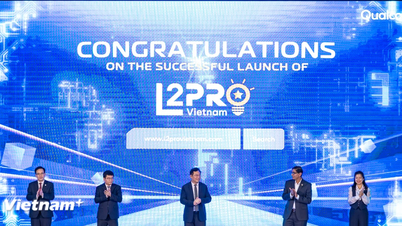



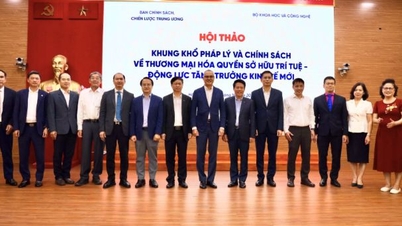
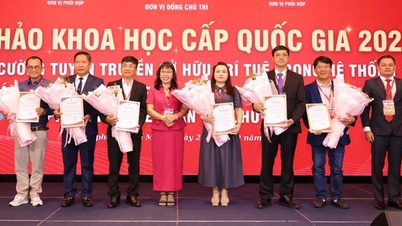

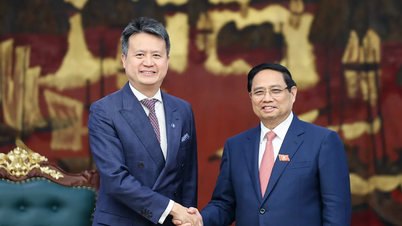


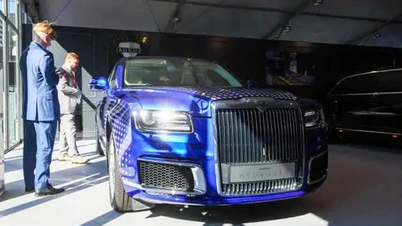

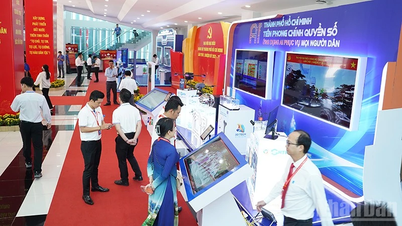

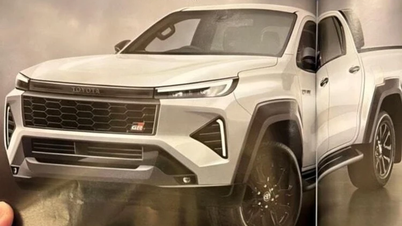
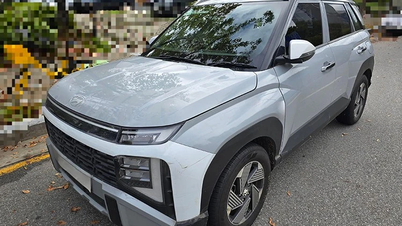

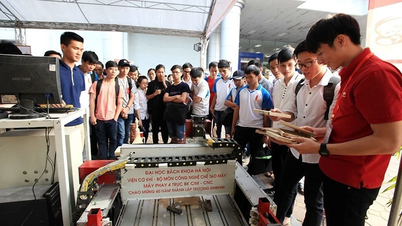






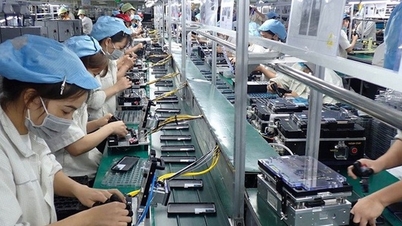



![[Video] TripAdvisor honors many famous attractions of Ninh Binh](https://vphoto.vietnam.vn/thumb/402x226/vietnam/resource/IMAGE/2025/10/16/1760574721908_vinh-danh-ninh-binh-7368-jpg.webp)








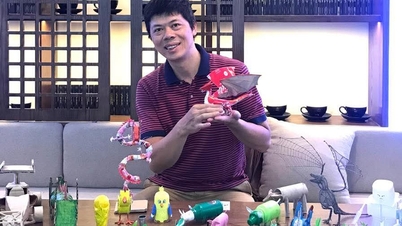




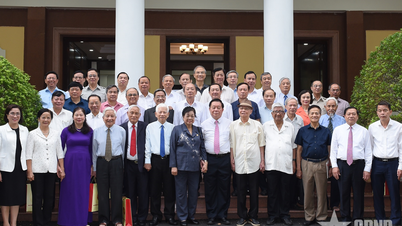

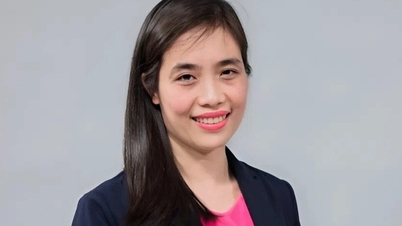




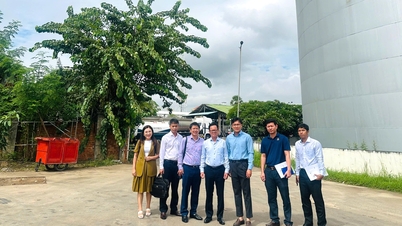
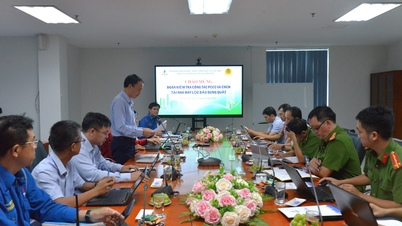
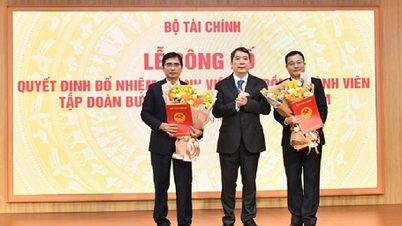
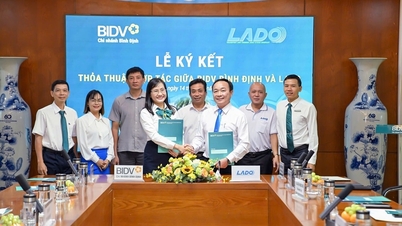
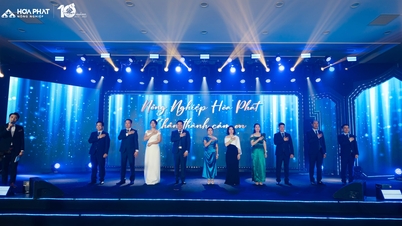









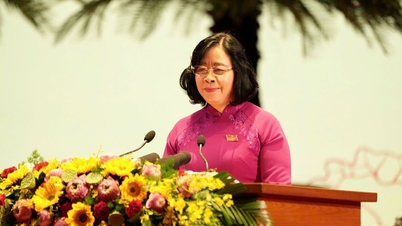


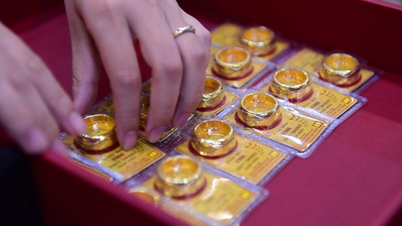
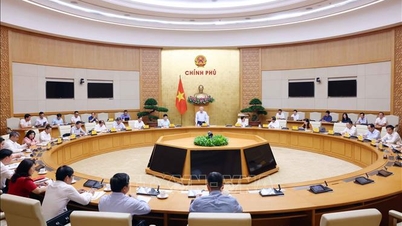
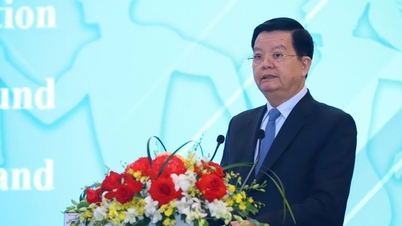












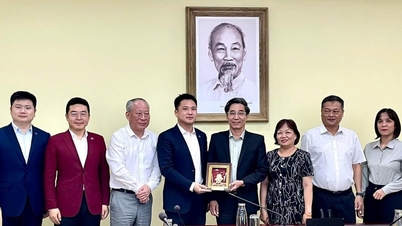






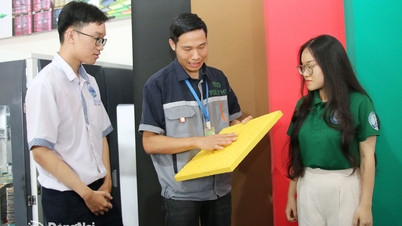





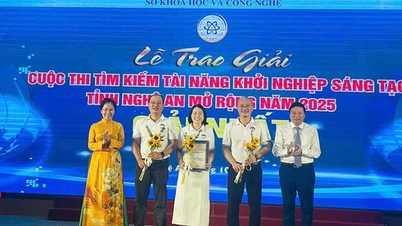





Comment (0)